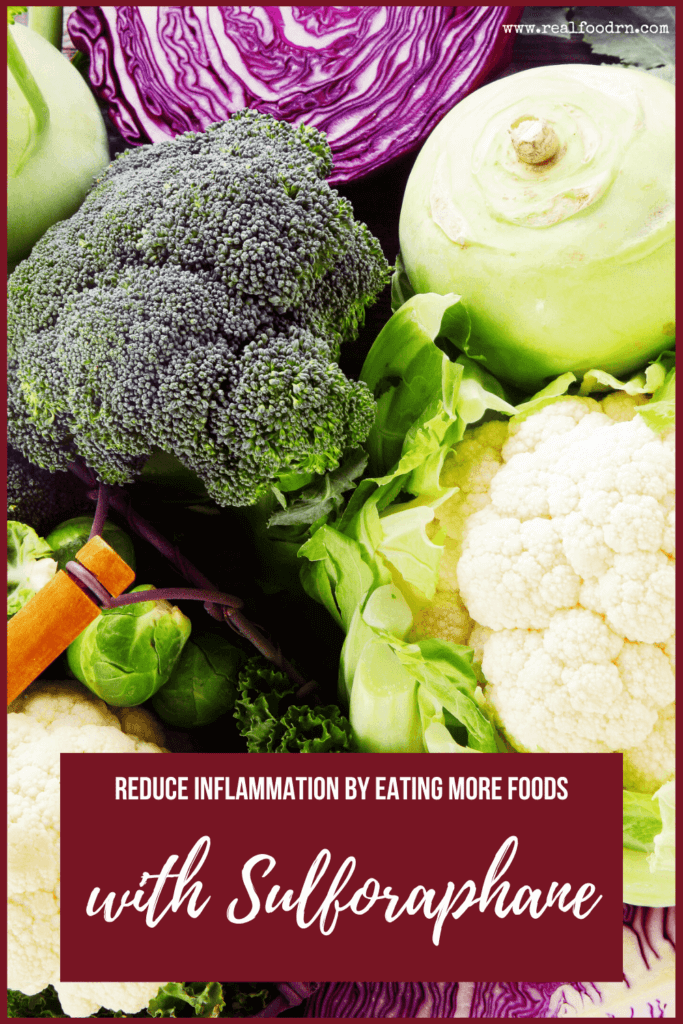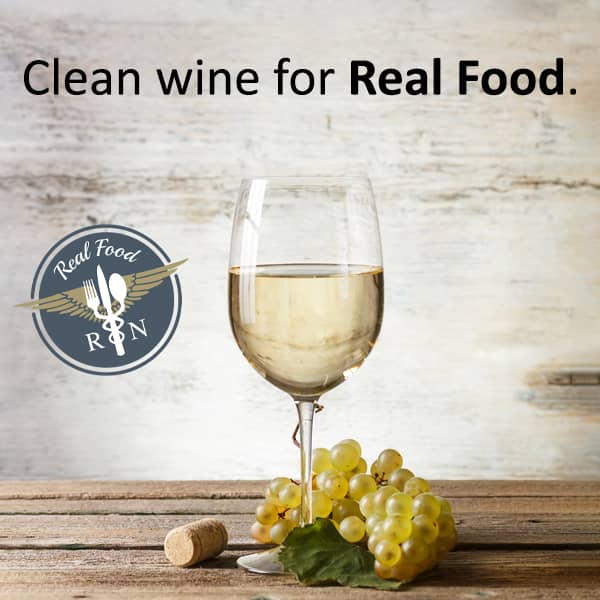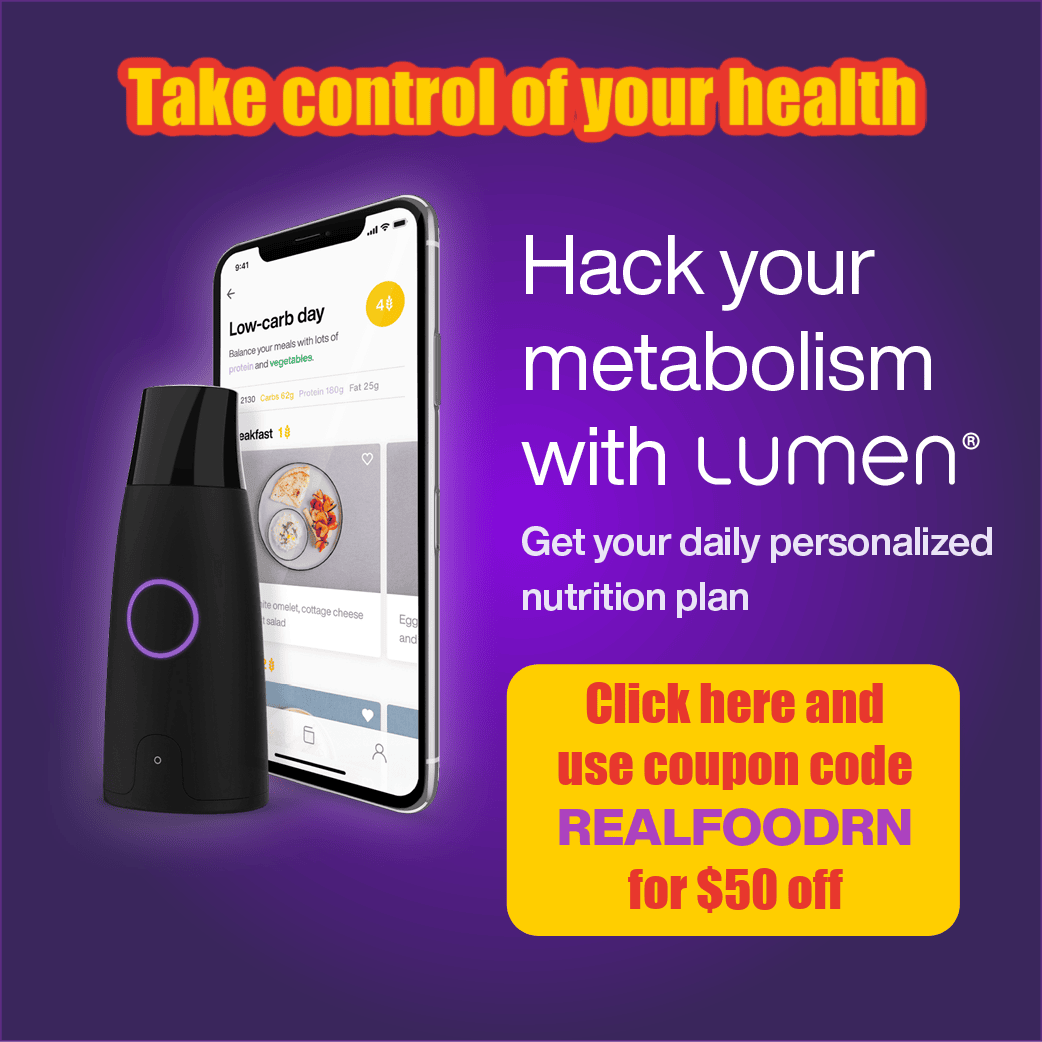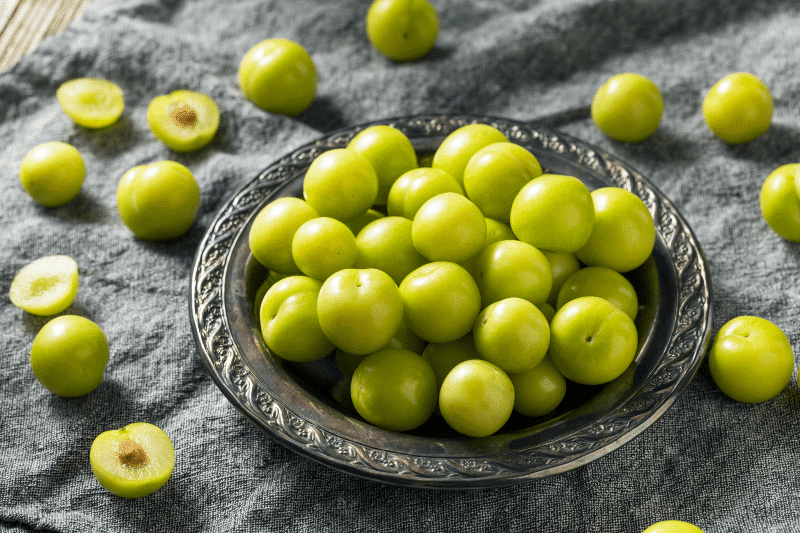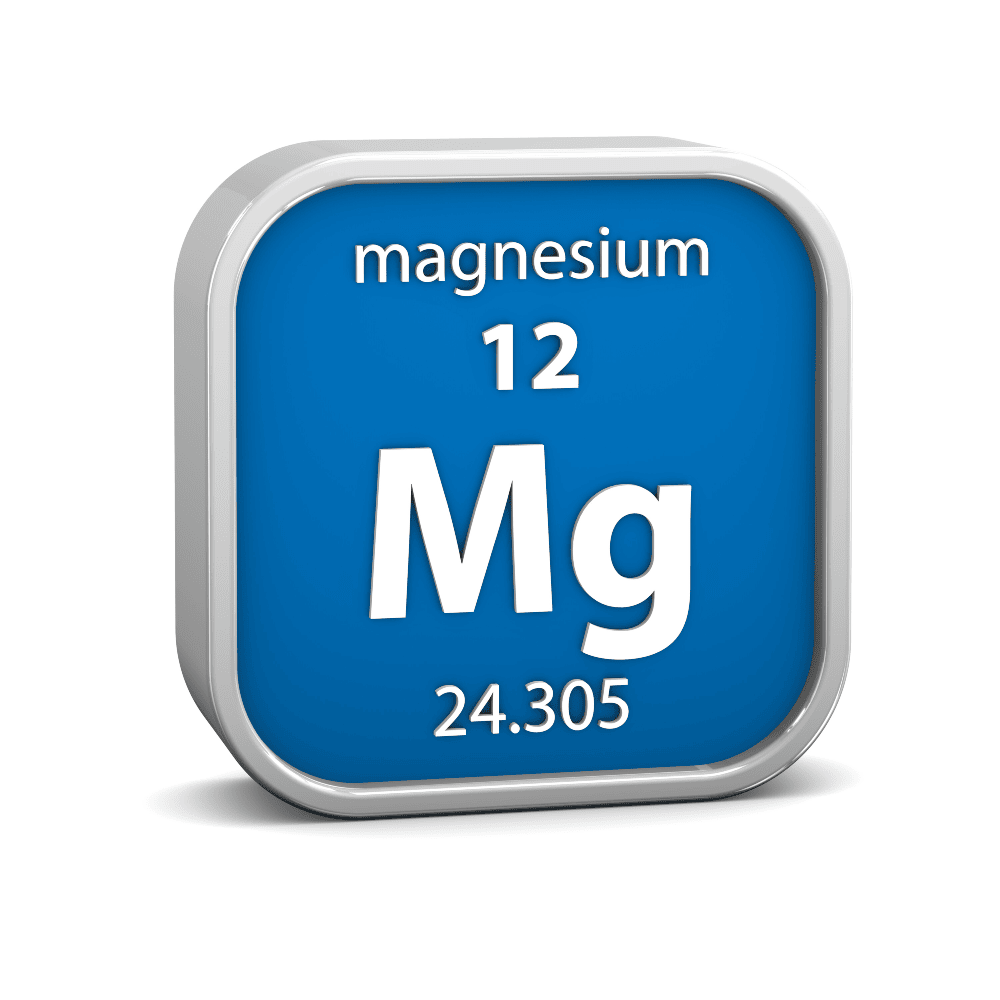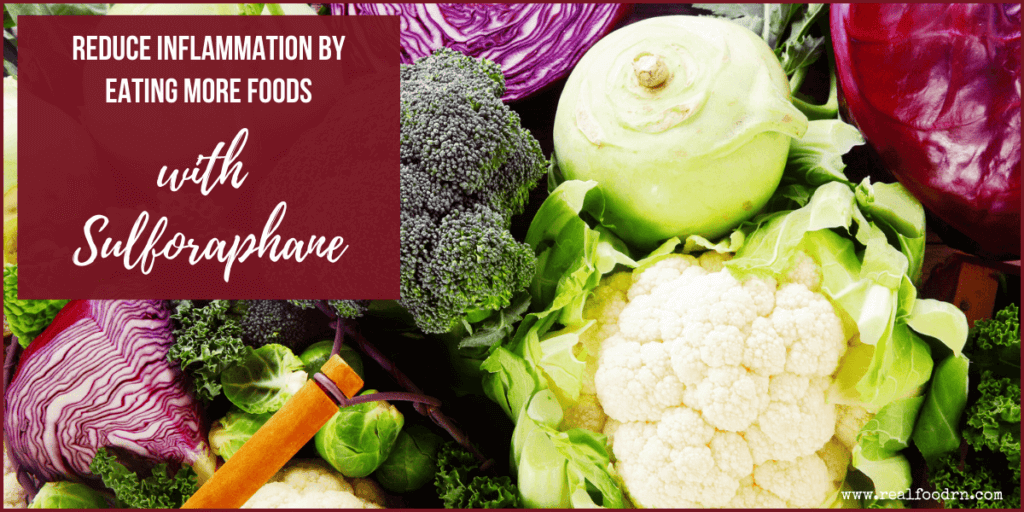
Ah, vegetables. They are a wonder of nature. The ground nourishes these natural morsels, and they support our health and wellness. I don’t know about you, but I was always encouraged to eat my vegetables when I was a little girl. Now that I’m a mom, I encourage my children to do the same. Yes, vegetables are healthy. They are packed with essential vitamins and nutrients for our brain and body functions. But did you know some vegetables can reduce inflammation in the body?
That’s right. Before reaching for the anti-inflammatory medication (many of which are actually harmful to your health — like Ibuprofen for example!), you may want to see if you have any sulforaphane foods handy. I know, sulfora-what? Sulforaphane is a natural plant compound found in certain cruciferous vegetables. This plant compound may benefit heart and brain health, aid in digestion, may help reduce depression and anxiety symptoms, may have anti-diabetic effects, and could even help prevent chronic conditions and some cancers. Talk about power! If you want to dive into the science, I highly recommend listening to Dr. Rhonda Patrick’s work, she has a TON of information on the topic and is how I initially found out about it!
Sulforaphane is actually really cool. It is stored in cruciferous vegetables as glucoraphanin. However, that glucoraphanin is inactive. A special enzyme called myrosinase is needed to activate the glucoraphanin and product sulforaphane. Here is the neat part. The only way for this activation to occur is by damaging the cruciferous vegetable. So chewing, cutting, or chopping kickstarts the transformation. Raw cruciferous vegetables have the largest amount of sulforaphane.
If you don’t like cruciferous vegetables, you can find sulforaphane in a supplement. I take this one.
Sulforaphane Foods to Add to Your Grocery List
There are some really tasty vegetables that are rich in sulforaphane. If you’re looking to reduce inflammation, try adding more of these to your daily diet:
Bok Choy – This Chinese cabbage is an excellent source of sulforaphane. Don’t forget to chop it up to activate the glucoraphanin. Did you know Bok choy is 96 percent water? It is rich in calcium, magnesium, and potassium. You can enjoy it in soups, salads, raw, or stir-fried.
Broccoli – If there were a king (or queen) of sulforaphane vegetables, broccoli would wear the crown. These tree-like crunchy delights are the ultimate source of sulforaphane. To maximize the anti-inflammatory potential, consider eating your broccoli raw or cooked in a vacuum-sealed bag. Boiled broccoli doesn’t quite stimulate the myrosinase as these other methods do. If raw broccoli is too dry for you, try dipping it in hummus or a homemade dip of your choice. Try my paleo broccoli salad recipe, it is by far my favorite way to eat broccoli!
By the way, growing your own broccoli sprouts is very easy and a fun, educational activity you can do with your kids.
Brussels Sprouts – When it comes to these little balls of joy, I find you either love them or hate them. I ask that you at least give them a try. You can make slaws and salads or use some steamed brussels sprouts to accompany an excellent protein to balance out your meal.
I have a few brussel sprout recipes if you need some inspiration: Roasted Sriracha Brussel Sprouts, Low-Carb Warm Bacon Brussel Slaw, Cheesy Baked Brussel Sprouts, and Festive Brussel Sprouts
Cabbage – If Bok choy made the list, then you knew cabbage would be here as well. This leafy vegetable is great chopped into a slaw or steamed. It is also high in fiber, which is important for crunchy mamas to keep “things moving.” A great way to enjoy cabbage, and also increase its nutritional value, is to make it into homemade sauerkraut! We make it all the time, here is my method and recipes. You can even watch me make it on a local news segment HERE.
Cauliflower – Or, as I like to call it, broccoli’s cousin. This veggie is another sulforaphane staple to add to your diet, and it’s versatile too. You can replace white or whole-grain rice with riced cauliflower, a powerful anti-inflammatory base for any dish. Again, for more recipe inspiration, here are some of my recipes: Gluten-Free Cauliflower Mac and Cheese, Grain-Free Cauliflower Pizza, Healthy and Delicious Mexican Cauliflower Rice, and Creamy Cauliflower Fauxtatoes.
Kale – It is dark. It is leafy. It is full of vitamins. And it makes for a great salad (or smoothie). Kale is another fantastic source of sulforaphane. Looking for creative ways to incorporate more kale into your family’s diet? Try some of my favorite kale recipes. From smoothies to kale chips to garlicky greens, there is something for everyone to enjoy.
These are just a few delicious ways to reduce inflammation with food. There are a couple of things to keep in mind. For starters, frozen vegetables will not have the same effect as fresh or raw vegetables. This is not to say you need to avoid the frozen section, but if you’re looking for that sulforaphane boost, frozen veggies aren’t going to do it for you. This is because the enzyme has not been activated in the cooking process and won’t be once you boil or microwave the veggies.
Eat these vegetables raw or steam them at very low temperatures. You’ll still get a crunch, but they won’t be as hard to chew. Boost their sulforaphane content by sprinkling some mustard seeds on your cruciferous vegetables. You can also use mustard powder if you like.
The Wonders of Natural Foods
To this day, I’m still amazed by how powerful natural food can be. When I say “natural,” I’m just talking about things that come from the Earth’s soil. If you think about broccoli, for example, it is life-sustaining life. How cool is that?
If you’re suffering from chronic inflammation, you may want to consider increasing your uptake of these sulforaphane-rich vegetables. You shouldn’t experience any major side effects, but if you ingest too much sulforaphane, you may get a little gassy and bloated. The same can be said for anyone taking sulforaphane supplements. But I’d recommend you start with your vegetables first. Then talk to your doctor if you think you could benefit from a supplement. I personally take a sulforaphane supplement daily for it’s protective benefits against breast cancer — it was recommended by my functional medicine doctor. You can find the one that I take daily HERE.
So, the next time you tell your child to eat their vegetables, smile and know you’re not just helping them grow big and strong. You’re also helping them live their best life, one vegetable at a time.
CLICK HERE to Pin this Post
